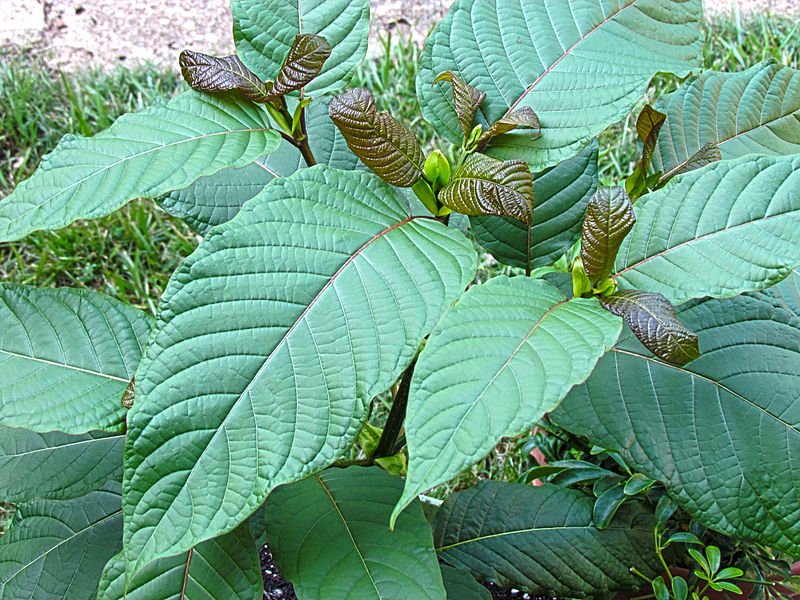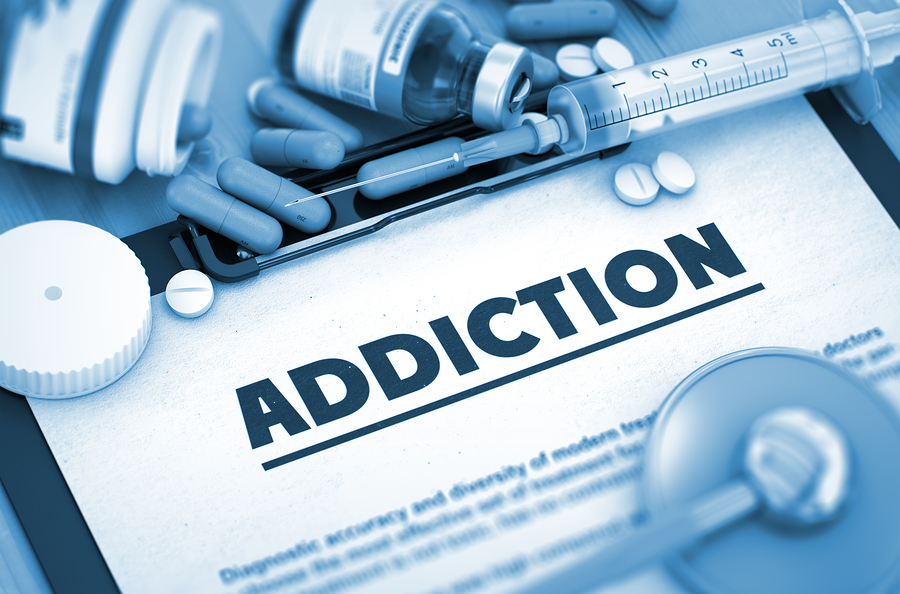FDA Updates Import Alert for Kratom
/By Pat Anson, PNN Editor
Federal health officials may have dropped plans to schedule kratom as a controlled substance, but that’s not stopping the Food and Drug Administration from updating an import alert that gives the agency broad powers to seize shipments of the herbal supplement.
The alert targets dozens of kratom exporters and importers in the United States, Canada, Indonesia, Malaysia and the Philippines, and allows FDA inspectors to detain “without physical examination” dietary supplements and ingredients that contain kratom. In an email, an FDA spokesperson told PNN the alert was updated for “minor changes” involved with one firm’s listing
Kratom is an herbal supplement that comes from the leaves of a tree that grows in southeast Asia, where kratom has been used for centuries as a natural stimulant and pain reliever. In recent years, millions of Americans have discovered kratom, using it to self-treat their chronic pain, anxiety, depression and addiction.
The FDA says it has “serious concerns” about kratom because of its opioid-like properties.
“Consumption of kratom can lead to a number of health impacts, including respiratory depression, nervousness, agitation, aggression, sleeplessness, hallucinations, delusions, tremors, loss of libido, constipation, skin hyperpigmentation, nausea, vomiting, and severe withdrawal signs and symptoms,” the alert warns.
The FDA issued its first import alert for kratom in 2012, just as kratom was gaining in popularity in the U.S. Since then, several large shipments of raw kratom or kratom supplements have been seized. One of the largest seizures was in 2018, when 28 tons of kratom were confiscated at a South Carolina warehouse operated by Earth Kratom, a kratom wholesaler and vendor. The kratom was later incinerated.
Kratom can be sold legally in most U.S. states, but vendors can run into trouble if they claim it can be used to treat medical conditions or market it as a dietary supplement.
A lobbyist for the American Kratom Association, an association of kratom vendors and consumers, said the updated alert is part of the FDA’s “disinformation campaign” against kratom.
“The FDA routinely uses the import alerts in discussions with various stakeholders to highlight their claims that kratom is not ‘legally marketed’ in the United States, and by adding a recent date by way of an update makes it appear to be a recent action,” said Mac Haddow. “The import alert is an abuse of that authority that is supposed to apply to contaminated and adulterated products.
“In fact, the objections listed in the import alerts issued by the FDA technically only apply to importers who are subsequently making illegal therapeutic claims or as a dietary supplement on marketing materials. A bulk kratom importer is not subject to FDA's authority. Kratom processors who make no claims and sell kratom as a food are not subject to any pre-market approval by the FDA.”
Federal efforts to ban kratom in 2016 failed due to a public outcry. Two years later, federal health officials quietly withdrew their request to classify kratom as a Schedule I controlled substance because of “lack of evidence” it can be abused or posed a public health threat. The FDA, however, still maintains “significant potential safety concerns” about kratom.
A 2020 study funded by the National Institute on Drug Abuse concluded that kratom is an effective treatment for pain, helps users reduce their use of opioids, and has a low risk of adverse effects.


















